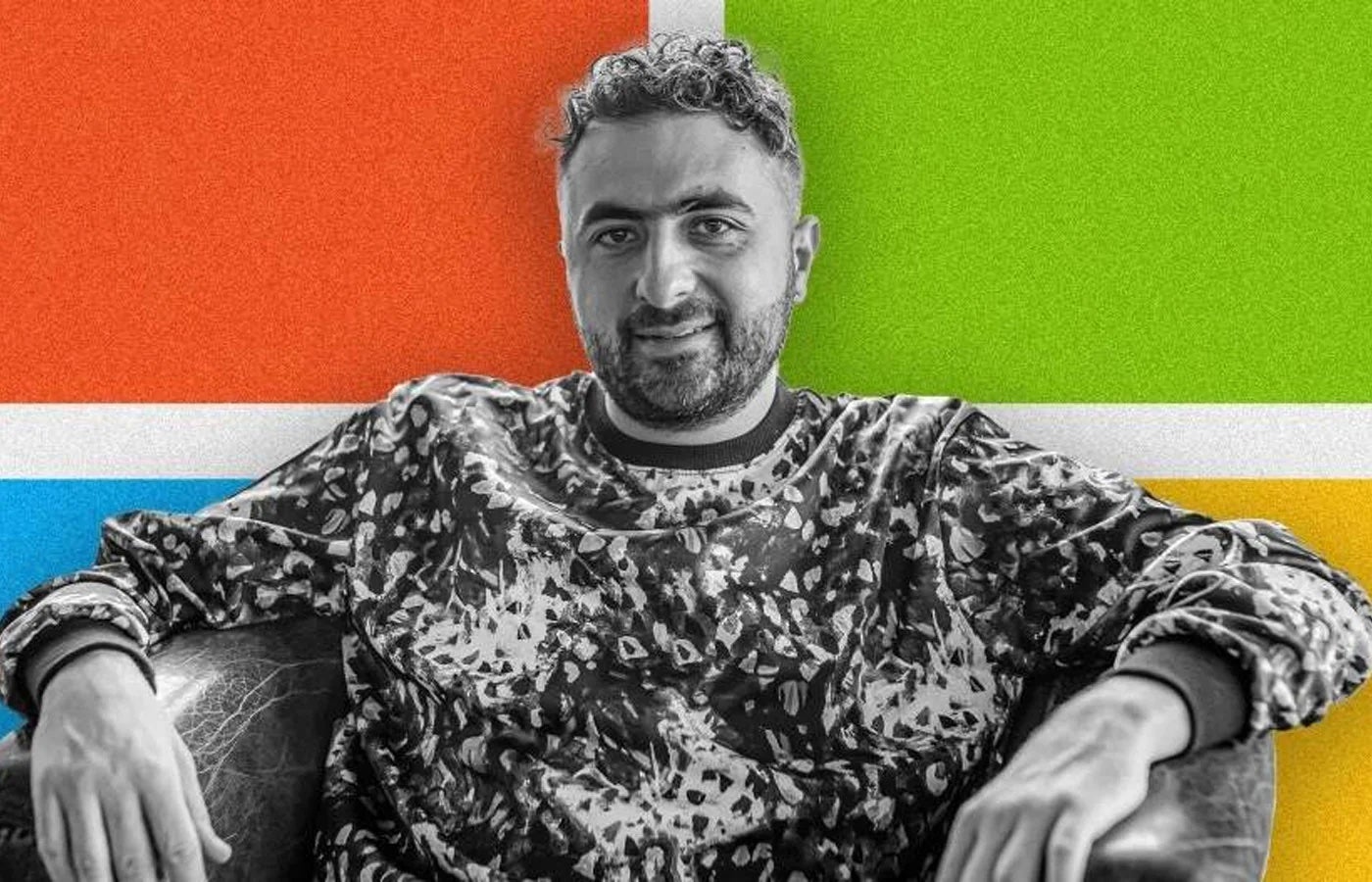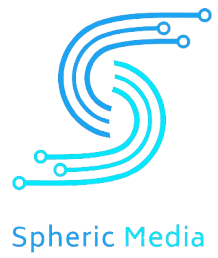
At a time when tech giants are racing to build the most powerful AI models on the planet, Microsoft is choosing a different lane — one that’s a little slower but potentially smarter.
Mustafa Suleyman, Microsoft’s CEO of AI, says the company isn’t in a rush to lead the frontier of AI development; instead, it’s intentionally choosing to lag a few months behind leaders like OpenAI. That might sound like a setback, but Suleyman says it’s a strategic move that could give Microsoft an edge.
“It’s cheaper to give a specific answer once you’ve waited for the first three or six months for the frontier to go first. We call that off-frontier,” Suleyman said in a recent interview with CNBC. “That’s actually our strategy — to really play a very tight second, given the capital-intensiveness of these models.”
A new chapter in Microsoft’s AI playbook
The comments come as Microsoft celebrates its 50th anniversary, during which it announced several new features to its AI assistant Copilot. These include Copilot Vision, Deep Research, and a new “Memory” feature that remembers details about users to personalize responses — a capability previously introduced by OpenAI’s ChatGPT.
Microsoft’s AI systems, including Copilot, are heavily powered by OpenAI’s models. The tech giant has invested nearly $14 billion in the San Francisco startup, making it a key partner in Microsoft’s AI journey. But Suleyman also made it clear that Microsoft is gradually working toward self-sufficiency.
“Long-term, it’s absolutely mission-critical that we are able to do AI self-sufficiently at Microsoft,” he said. “Until 2030 at least, we are deeply partnered with OpenAI, who have had an enormously successful relationship with us.”
That long-term view reflects Suleyman’s broader strategy. While the company still relies on OpenAI for large models like GPT-4, it’s also developing its own smaller, open-source models under the Phi project. These models are designed to run on personal computers rather than massive GPU clusters, making them more accessible and cost-effective to deploy.
DOWNLOAD This IT Leader’s Guide to Generative AI From TechRepublic Premium
Cracks in the Microsoft-OpenAI partnership?
The close ties between Microsoft and OpenAI have started to show some strain. Last year, Microsoft quietly added OpenAI to its list of competitors. And in January, OpenAI surprised many by teaming up with Oracle on its $500 billion Stargate project — a move that ended Microsoft’s exclusive status as OpenAI’s cloud provider.
Further escalating tensions, OpenAI’s latest GPT models have reportedly raised concerns within Microsoft over performance and cost. Industry insiders believe Microsoft has already begun developing its own frontier models, and some observers, including Salesforce CEO Marc Benioff, believe Microsoft is already moving to stand on its own two feet.
The bigger picture
Microsoft may not be chasing the AI crown, but it’s still playing a long game. With a powerful AI team, deep investments in infrastructure, and a broad customer base, it doesn’t need to lead the race to win it.
By staying just behind the bleeding edge, the company hopes to avoid costly mistakes and offer more stable, reliable solutions to real-world problems.
“We have an incredibly strong AI team, huge amounts of compute, and it’s very important to us that, you know, maybe we don’t develop the absolute frontier, the best model in the world first,” he said. “That’s very, very expensive to do and unnecessary to cause that duplication.”










